Ever wondered that artists, authors, composers, and painters would come, see, and get inspired by a ruined castle by the river. And this would set German art and literature to take new wings. This is an inspiring tale of Heidelberg. Heidelberg is a quintessential German town nestled in the Black forest, with half-timbered, and Baroque houses lined on cobblestone streets, an old red sandstone bridge on River Neckar which passes through it, and a ruined castle overlooking the town as some angelic guardian.
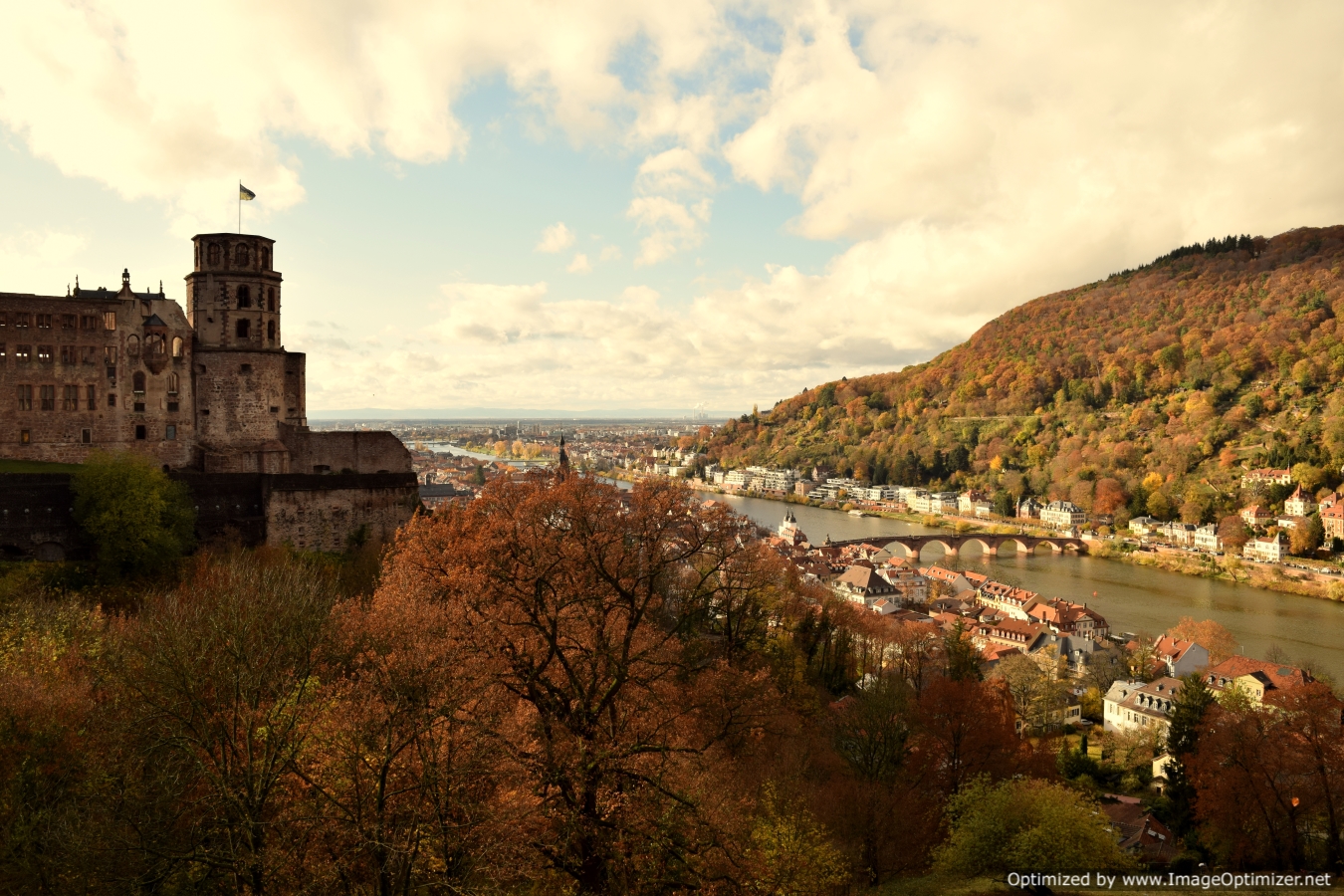
I’ll accept, I am partial to good views. And so my first stop was the castle that overlooks the town. And one look of Heidelberg from the top, explains how the town has inspired and is inspiring so many artists. Germany’s beloved writer Johann Wolfgang von Goethe was charmed with Heidelberg and wrote the town had “something ideal” about it. William Turner, the influential British landscape artist, stayed here and explored his artistic interests, and created some of his masterpieces in Heidelberg. The Huckleberry Finn creator Mark Twain was especially fond of the town and stayed here for several months, and even called Heidelberg, “the last possibility of the beautiful”. Twain began his European travels with a three-month stay in Heidelberg and recounted his observations of the town in A Tramp Abroad (1880). Given Heidelberg’s literary and artistic lineage, along with its contemporary scene, UNESCO named it UNESCO City of Literature in 2014.
No doubt Heidelberg is overrun by new-age travelers, and the town sees a traveler footfall of 11.8 million visitors every year.
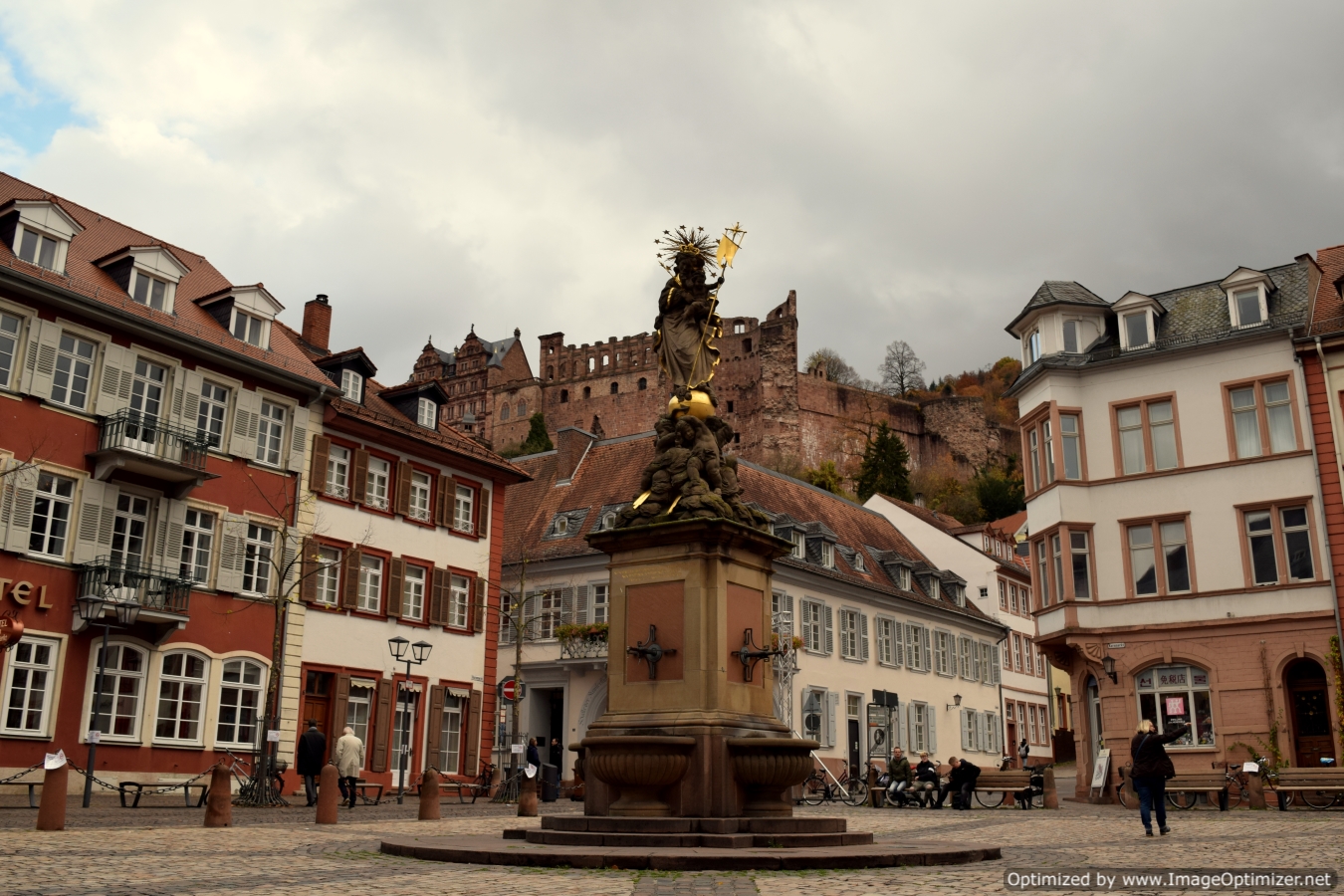
The main draw in Heidelberg is its evocative half-ruined hilltop castle; part medieval fortress, part Renaissance palace; and in parts a contemporary structure holding a history of 300 years. The castle is in ruins today, just a reflection of what it stood for in its heydays. The old Schloss (castle), albeit in ruins, cuts a romantic figure, and towers over the main city or the Altstadt, accessible via a steep, cobbled trail in about 10 minutes or by the Bergbahn (cogwheel train) from Kornmarkt station. The far-reaching views over the Neckar River and the Altstadt rooftops from the castle makes Heidelberg a photographer’s paradise. The Heidelberg castle is considered to be among the most beautiful castles in Germany and a prime example of Renaissance-era architecture. Inside the castle, the most eye-catching building is the Friedrichsbau, now reduced to just a wall festooned with life-size sculptures of kings, and nobles. And probably the most lavish is what is left of the Hortus Palatinus, the gardens dubbed the “Eighth Wonder of the World” 400 years ago. The terrace offers not just a walk through gardens whose prosaic beauty inspired many literary masterpieces, but also grand views of the old town. Today’s attractions also include the world’s largest wine barrel, a 250-year-old vat that once held 50,000 gallons of wine, and the German Apothecary Museum.

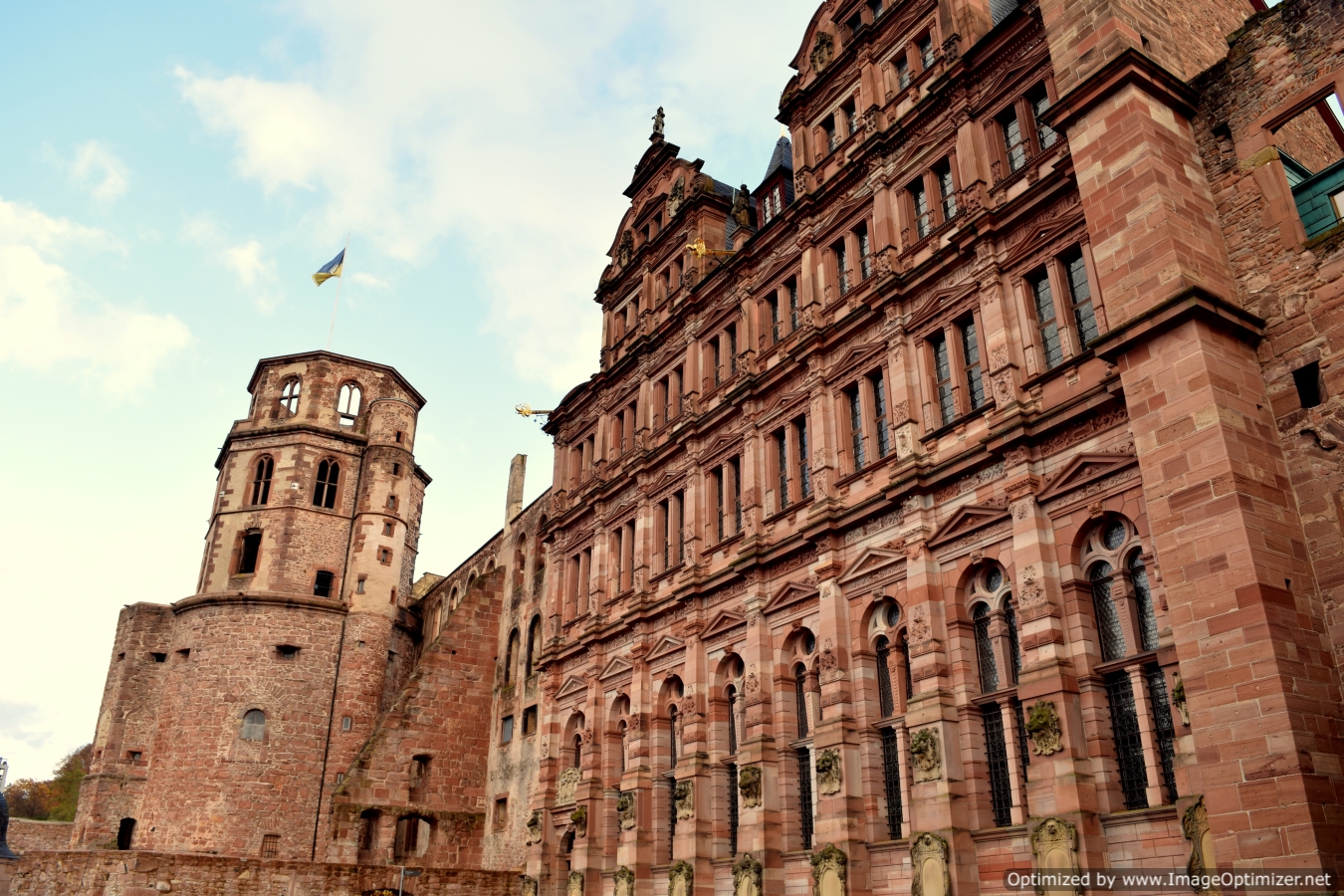

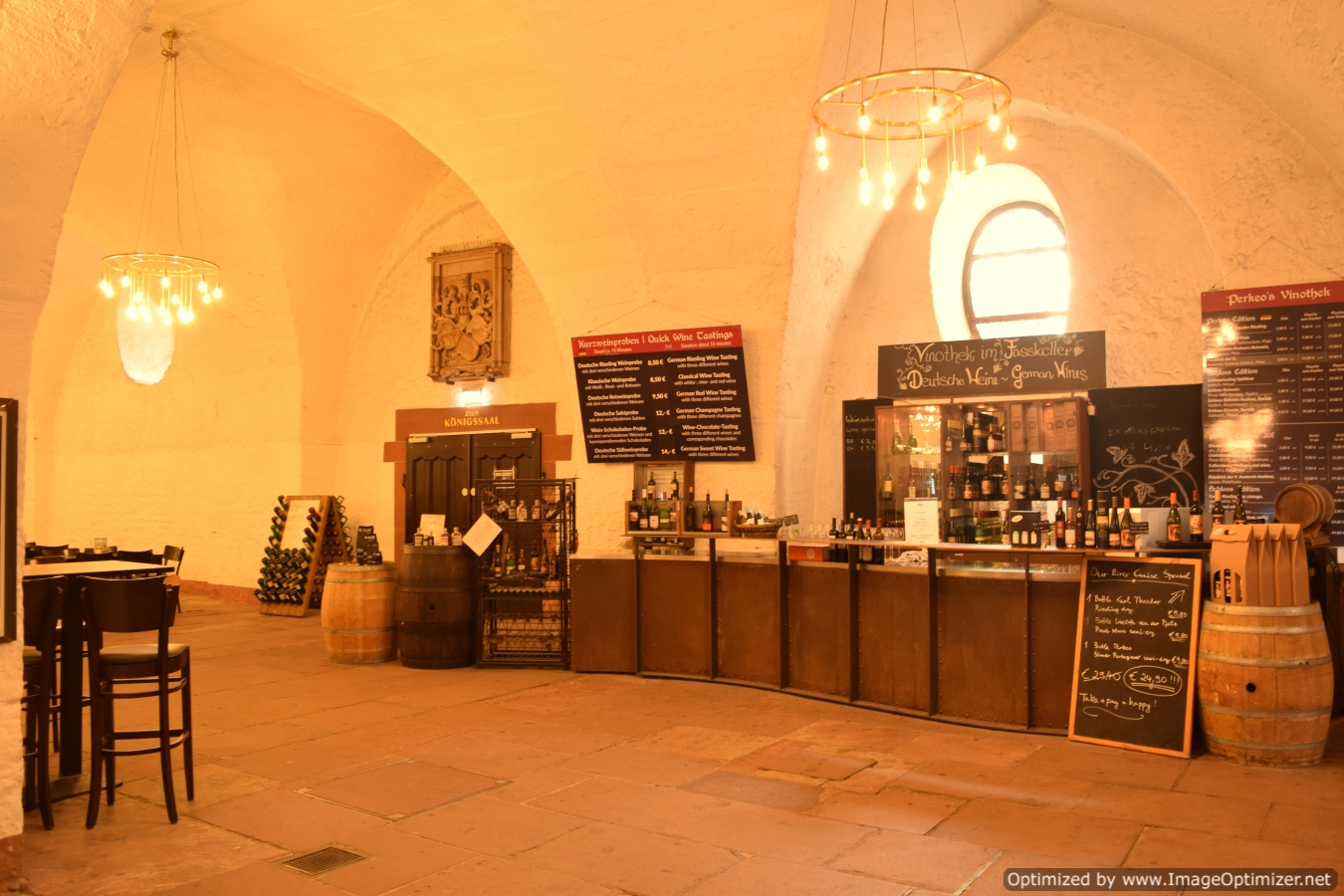
Like many of Europe’s small towns, Heidelberg has stood against time, and embraced the contemporary changes. And the same lanes that house some of the most exquisite architectural beauties of the medieval era, wear a contemporary charm of a classic shopping place.
Back down in the Old Town is Heidelberg University, Germany’s oldest university, founded in 1386. The Studentenkarzer, a tiny jail nearby, is an interesting story. Students were regularly locked up in the Studentenkarzer, for disturbing the peace of the town. However, the student community wore this incarceration as a badge of honor. During the incarceration, the students would amuse themselves by painting the cell walls with their pictures wearing their little student caps. The rebel stories haven’t lost the flavor with changing times and continue to inspire. Alongside the student, jail is the book burning memorial, a spot where shortly after Hitler’s rise to power, books of authors banned by the Nazis like Karl Marx and Sigmund Freud were burned.
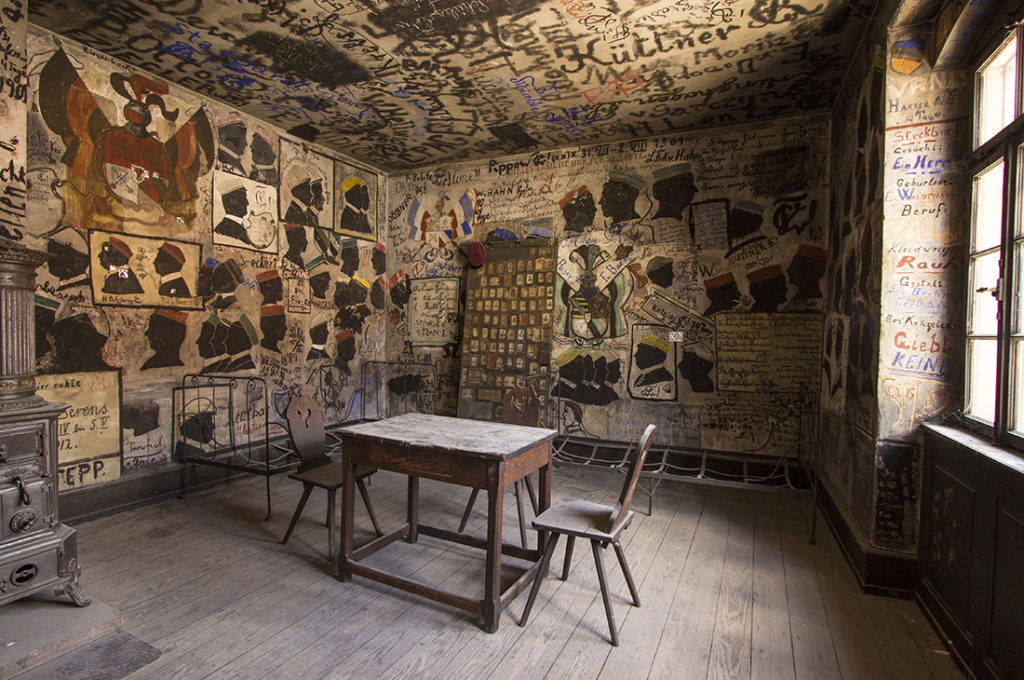
A little ahead of that is the Holy Spirit Church, which stands testimony with Heidelberg’s battle of religious ideology. The church was divided into two; the Catholics were given the east end to worship, and the Protestants the west end. Another church, the Jesuit Church has beautiful white and well-lit interiors, good enough to pencil in some time for it, as you make your way down to Hauptstrase, Heidelberg’s main road with countless shops, cafés, and restaurants.

Once done with the countless clicking moments in the old town, take on Heidelberg’s most famous walking path, the Philosophers’ Way. Start your walk towards the Neckar River and stroll across the iconic Old Bridge, constructed in 1788. The Carl Theodor Bridge is one of pride and joy and was once the gateway to Heidelberg. It was here that carriages of rich traders would stop to pay taxes. Today the bridge offers a walk through history, with some splendid views of the town and the castle, with the black forest in the backdrop. From the bridge, a fairly steep set of stairs zigzags up the hill, take you to the famed Philosopher’s path, which is steeped with tales from the past, as many great writers, philosophers, poets, and artists have trodden down these diminutive paths. And apart from history, there are always munificent views you will be rewarded with.
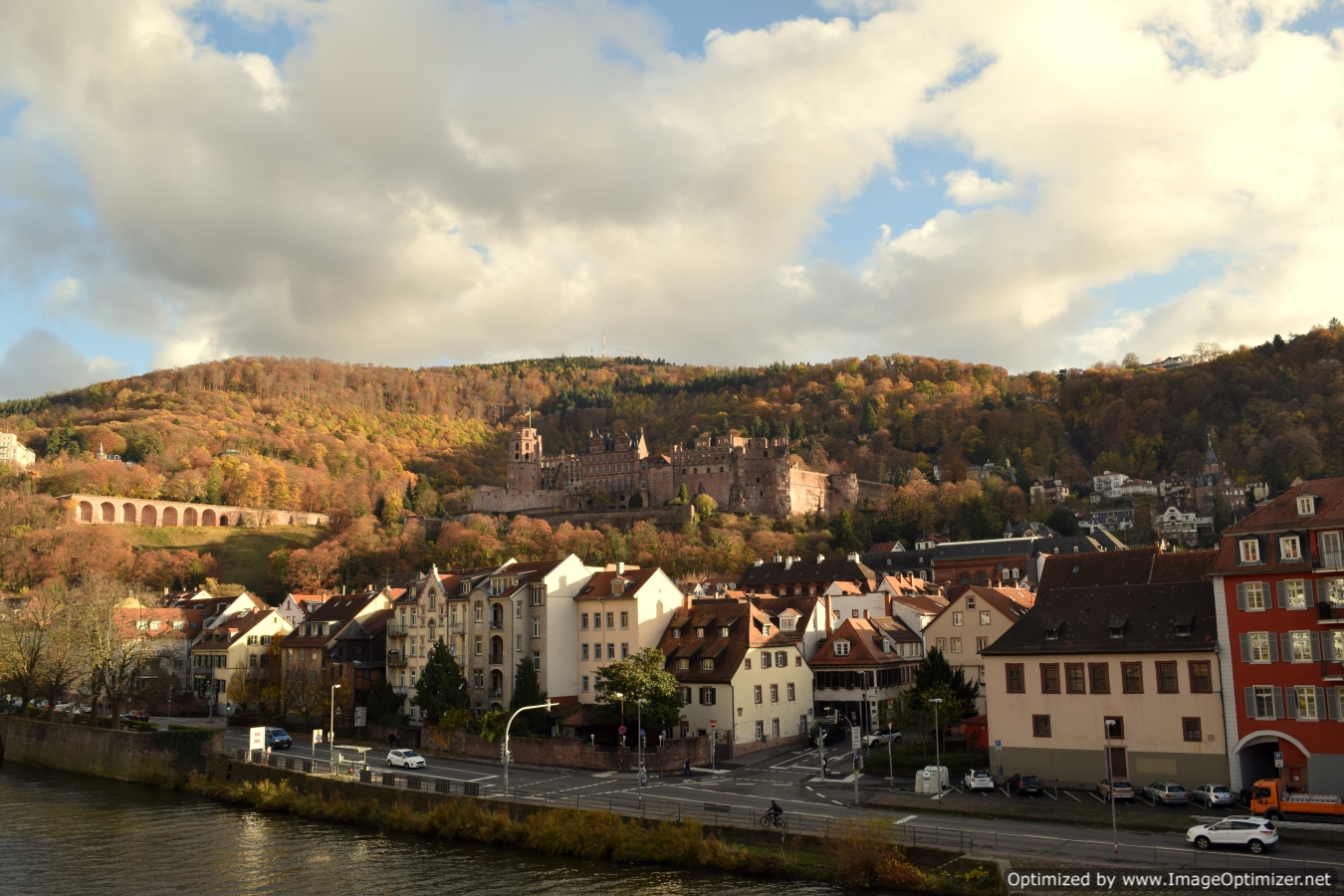
The café scenes
Detours, old towns, history, and food scenes go together in Germany. And like most German towns, Heidelberg offers a rich palette of gastronomic smorgasbords. You can stop at any little outlet for your share of bagels, rolls, croissants, or brioches, or settle for some authentic German food. Of the traditional gastro pubs scattered around the old town, your pick should include the iconic Zum Roten Ochsen, with a 315-year-long history, and a guest list that includes Mark Twain and Marilyn Monroe in the past. To go easy on pockets, go for Seppl, a historic students’ pub, with a particularly nostalgic and welcoming ambiance. Heidelberg has many faces to unravel. It hides within it the artistic dexterity that inspired the likes of Twain to create a masterpiece like Huckleberry Finn, there is history dating back to the medieval era, a crumbling castle that perennially ranks among the most visited landmarks of Germany, vibes from Germany’s oldest university that holds many stories, enchanting views of the old town, and an unforgettable cruise down the Neckar valley. No doubt this romantic town has remained a favorite of travel writers, and you will read many good things about it; but in actuality, in Heidelberg, every good thing has a tendency to turn out better.
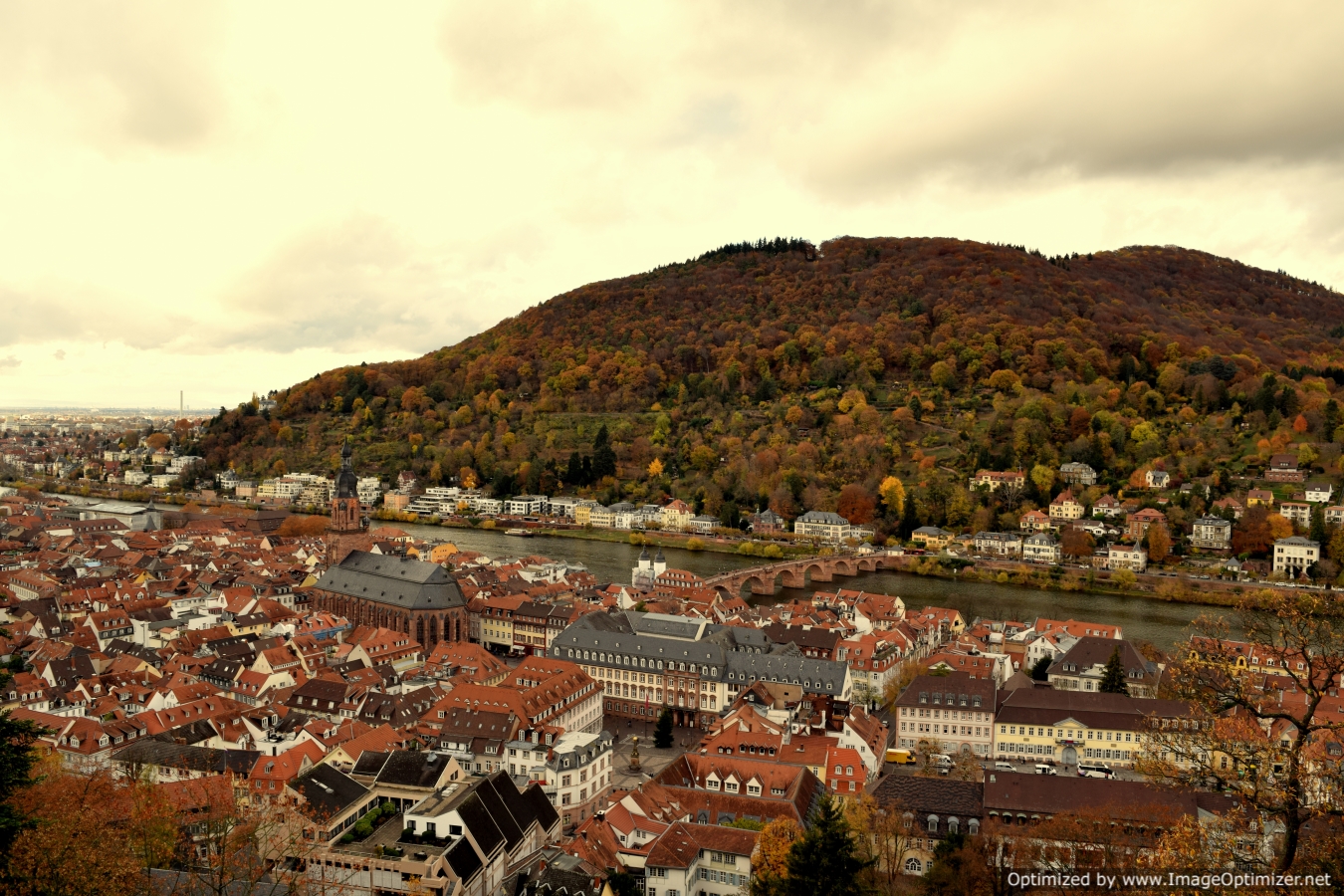








This town was very popular in European tour package being offered by many tour operators. A river cruise was also part of the package. Lately, I have realized that most of these towns are so similar…the layout, architecture….
Yeah I agree, most of the towns are so familiar layout wise
🙂